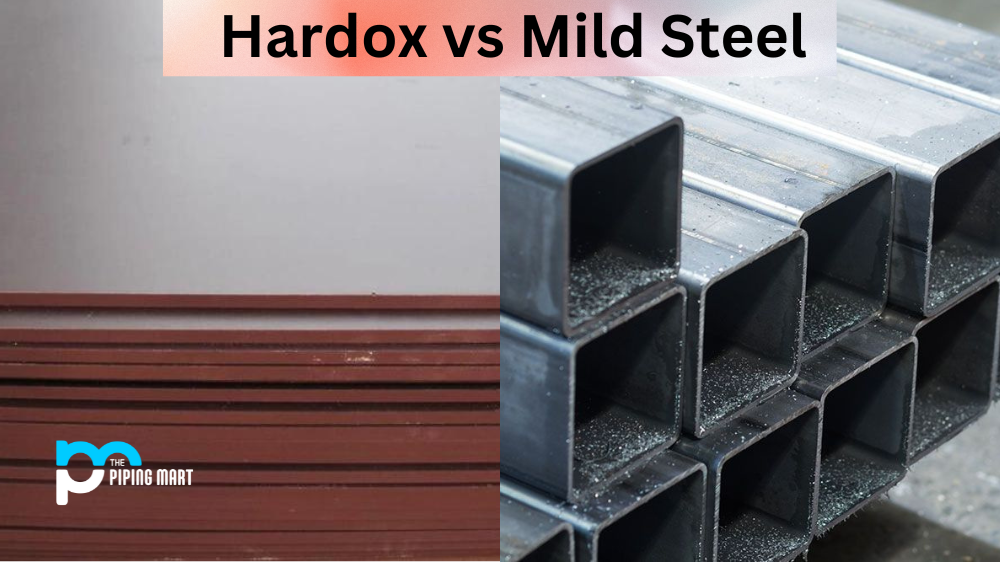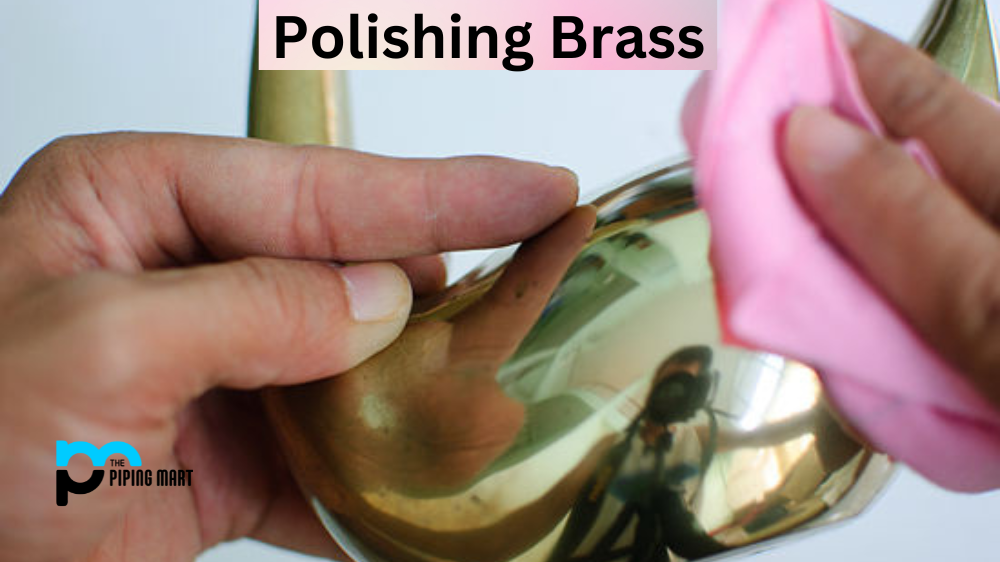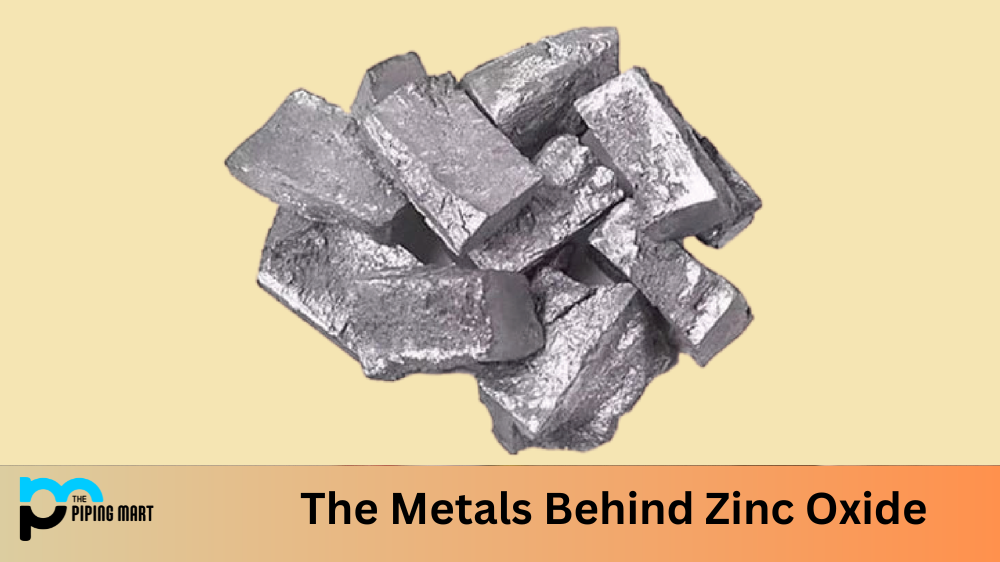When choosing the right type of stainless steel for your project, it can be unclear to understand the differences between the various types. Two commonly used grades are 201 stainless steel and 410. Both are versatile and offer good corrosion resistance, but their composition and properties differ. This blog post will explore the differences between 201 stainless steel and 410, so you can decide which one to use.
Difference Between 201 Stainless Steel and 410
201 Stainless Steel Composition
This grade is an austenitic alloy, meaning it is non-magnetic and has low carbon content. It contains around 16% to 18% chromium, 3.5% to 5.5% nickel, and a maximum of 0.15% carbon. It is also low in nitrogen, which makes it less prone to corrosion and oxidization.
410 Stainless Steel Composition
This grade is a martensitic alloy, which is magnetic. It contains around 11.5% to 13.5% chromium, 0.15% to 0.40% carbon, and some nickel and manganese. Its high carbon content makes it harder and more brittle than 201.
201 Stainless Steel Properties
This grade is known for its excellent toughness and formability, making it ideal for manufacturing appliances, utensils, and kitchenware. It is also resistant to oxidation and corrosion, which makes it a popular choice for automotive parts, chemical processing equipment, and architectural applications.
410 Stainless Steel Properties
This grade is known for its high strength, hardness, and wear resistance, making it ideal for manufacturing cutlery, surgical instruments, and tooling. However, it is less corrosion-resistant than 201, which makes it less suitable for applications that require exposure to harsh environments.
201 Stainless Steel Weldability
This grade has good weldability, so it can be easily welded using common techniques like TIG, MIG, and resistance welding. However, preheating and post-weld heat treatment may be required to avoid distortion and cracking.
410 Stainless Steel Weldability
This grade has poor weldability due to its high carbon content and low ductility. It can be welded using specialized techniques like gas tungsten arc welding (GTAW) and shielded metal arc welding (SMAW). Still, it may require preheating and proper filler material to avoid brittleness and cracking.
201 Stainless Steel Cost
This grade is relatively affordable, as it is less expensive to produce compared to 410 and other high-grade alloys. It is also widely available and can be ordered in various forms, including sheets, plates, bars, and pipes.
410 Stainless Steel Cost
This grade is more expensive than 201, requiring high amounts of carbon and other impurities to achieve its unique properties. It is also less readily available and may require custom orders or specialized suppliers.
Conclusion
Choosing between 201 stainless steel and 410 depends on several factors, including the intended application, properties, and cost. While both grades offer good corrosion resistance, they differ in composition, properties, and weldability. 201 stainless steel is ideal for applications that require toughness, formability, and resistance to oxidization and corrosion. On the other hand, 410 stainless steel is suitable for applications that require high strength, hardness, and wear resistance but are less suitable for harsh environments. Ultimately, it is up to you to determine which grade of stainless steel best suits your needs and budget.
Meet Heer, a dynamic and driven writer learning tricks of her trade in the metal industry. With a background in Digital Marketing, Heer brings a unique perspective to her writing, sharing valuable insights. Apart from blogging she like reading and hiking.




